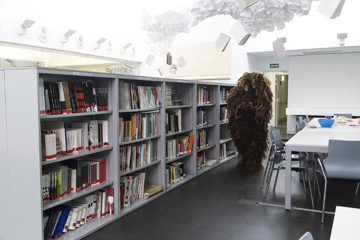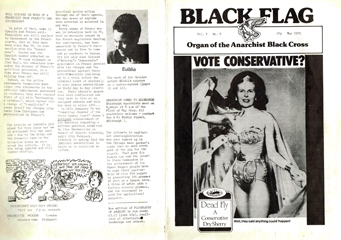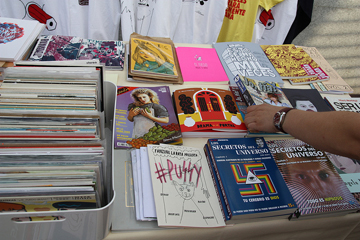The strategy might be homespun but the consequences can be industrial. Go into McDonalds. Buy two cheeseburgers. Take the meat from one of the burgers and put it in the other … Voilà! You have a Double Cheese at the economic price of two cheeseburgers. And as a leftover extra, you have a bun to be filled with whatever you want!
PLAY
Beneath the thrown-together, amateur look of the Tuplajuustovinkki tutorial lies a finely spun subversive potential. Showing us how to turn two simple hamburgers into a double, the maker of this video uploaded onto Youtube four years ago, “deconstructs” hamburgers and remakes them in his own way, to suit his personal whim and his wallet. He dismantles and toys with the multinational’s commercial philosophy, imagining a shared form of resistance. While, to begin with, the consumer is controlled by the system, he can emancipate himself through his desire to test and to play, but also through his affirmation as a producer and transmitter of unusual contents. He becomes an unexpected agent of knowledge, aware that knowledge is a realm of invention in which “play” is much more that hitting the play button, but an approximation to the creative space of performance by instructions. Nevertheless, here play can be perverse: To what extent is the tutorial able to question the capitalist machinery of the production of desire? Does it not operate unwittingly as a hymn to the commodity and a productive system that it wanted to attack? Who eats who: us or the hamburgers? In short, the FAQ of a world in which capital is not just the title of a book.
VIEW
Watching others do things that make us believe that we too can do them; we look and learn. In addition, everything looks easy, possible and reproducible in the world of tutorials. As a genre in itself, the tutorial can take the form of videos, manuals, guides, diagrams and leaflets that are distributed in online and offline networks. Often lending more emphasis to images, they require a discursive capacity by association and invite the elaboration of a narrative by intuition. For instance, Tuplajuustovinkki operates under a clearly visual pedagogy. The viewer can easily identify the goal, method and causal relations, even if he or she does not understand a word of Finnish. The interpretation is structured around successive suppositions that are then confirmed, enabling even the inevitable misunderstandings to yield fortuitous discoveries and inventions. The video-tutorials are based on an ability to speak simply about something complex. But, as we all know, speaking simply is never easy, and perhaps that is precisely the source of its popularity, as can be readily seen in the number of views registered below it. As eminently visual materials, video-tutorials stake out a privileged space where theory, and not just visual narrative, is a question of editing. And here, the usual and sometimes mocking expression of “do you want me to draw it for you?” is no longer poking fun but the complete opposite: a serious educational tool.
SHARE
With their tricks, strategies and recipes, tutorials paradoxically make incursions into two opposing realms. On one hand, they are a format proper to structured forms of knowledge that foster a sense of normativity of rules; on the other hand, they are easily parasited by informal knowledge, creating an ideal terrain for experimental and speculative practice, a place where knowledge is formed, communicated and distributed on the sidelines of official institutions. The uncontrolled circulation of these materials, that seem to be governed by a logic of abundance, leads to multiplication, association and contamination of knowledge, fostering a hybrid field of learning that, at once, encourages the appearance of new ideas to be spread. The supremacy of authorship is questioned and, as a consequence, it becomes a point of intervention, taken over by new communities of knowledge and by their collective productions. Open to comments, whether appreciative or not, to be edited or simply photocopied, they feed off their very own call for participation. As open codes, they demonstrate a sufficiently cheeky flexibility to worm their way into even the most orthodox circuits. Under the logos of multinationals that sell happiness in the form of videos or sandwiches, they perhaps introduce a lingering, niggling doubt: Who do the ideas actually belong to?
Though we are constantly assured that “everything is written in books”, others would say that “if it exists, you’ll find it in internet”. Keeping an open mind about these commonplaces but trusting in the “popular” as a mechanism of making worlds, the exhibition Tutorial: Who Teaches What to Who? wishes to offer a platform for dialogue between the selection of publications presented here in various formats and methodologies of transmitting knowledge. Exploring disparate associations between elements of visual culture, publishing, literature, science and contemporary art, the material on display proposes an overview of the cultural memory of know-how and rethinks the ways of generating, diffusing and imagining new politics of collective learning.
Divided into three categories borrowed from internet parlance – PLAY, SHARE and VIEW – the publication rereads these imperative verbs as an invitation, as instructions and directions for a performance as visitor. (Suggestion: in this shared game, it is equally desirable to visualise tactics for dismantling these same categories. The manual can be rewritten and here coincidence plays a key role).
INDISCIPLINADAS: Based in Madrid and in Cali since 2013, the Indisciplinadas collective develops curatorial, editorial and educational projects that experiment with methods of engaging with the context of Contemporary Art and Visual Culture through practices that lend themselves to cross-contamination, recombination and the diffusion of various codes and forms of knowledge. Its interest in the field of publishing is reflected in the “Cuadernos domésticos” project, in the ”Soft [cover] revolution” exhibition and in pedagogical programmes such as “No Room for Books”. It has also collaborated with institutions such as Museo de Arte de Castilla y León (MUSAC), Instituto Europeo de Diseño (IED-Madrid), Biblioteca de las Conchas at the University of Salamanca and Lugar a Dudas in Cali.
TUESDAY— FRIDAY. 11:00 — 14:00 & 16:00 — 21:00
Holdings can be consulted freely in the library
http://otraspublicaciones.tumblr.com
www.indisciplinadas.com
Entrance
The strategy might be homespun but the consequences can be industrial. Go into McDonalds. Buy two cheeseburgers. Take the meat from one of the burgers and put it in the other … Voilà! You have a Double Cheese at the economic price of two cheeseburgers. And as a leftover extra, you have a bun to be filled with whatever you want!






